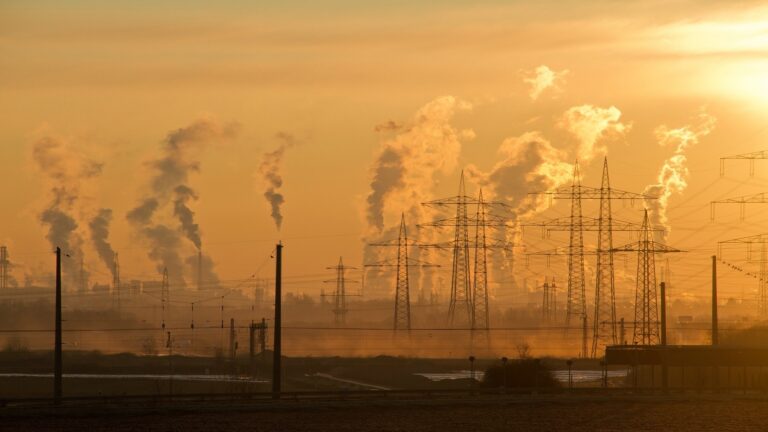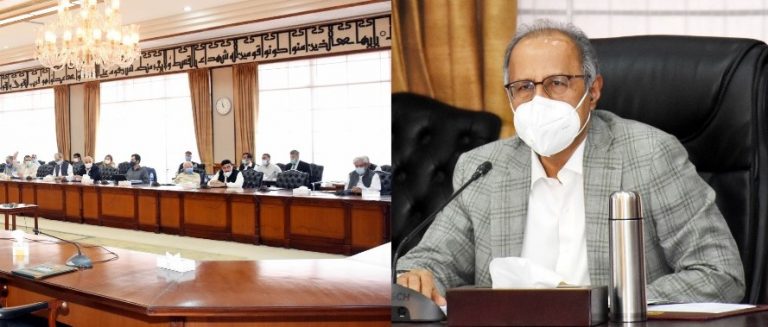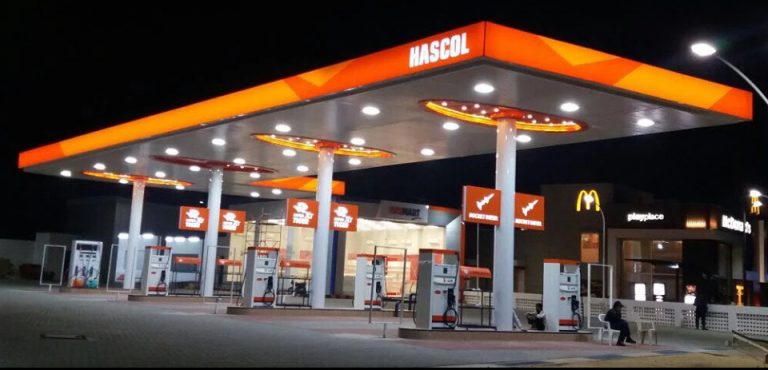Emerging middle class in Pakistan
By Ms Irram Nazish
The middle class is viewed that a class that segregates the lower and upper classes, commonly refers to rich and the poor, yet there is no consensus on the exact boundaries that differentiates them. The emerging middle class in Pakistan which has been considered vibrant in the growing economy has evolved partnership with authoritarianism in the country.
The middle class in Pakistan has different interests and so different attitudes towards the political structure of the country.
The significance of the middle class in the consolidation of economy and democracy is regarded as a huge positive dynamic in societies.
Nevertheless, despite various interpretations in contemporary societies about the active role of the middle class in the democratization process the middle class in Pakistan manifest to be a partner of authoritarian and military regimes.
The colonial middle class was not only constituted of traders and merchants but certainly, a chunk of the landed gentry, and those who had aristocratic backgrounds were the part of that class who eventually got high-ranking government and bureaucratic positions.
They were considered “Macaulay’s Children” who were having Indian blood and color but English in taste. This class was structured to maintain a bridge between the British and the colonized whom they governed relentlessly.
Beyond any doubt members of this class had a privilege to attain education in colonial schools and the affluent families sent their children to universities in Britain so that they would have more edge on others as well as it was considered prestigious.
Simultaneously, these landed Muslim families were bestowed government positions by the British and thus they favored the British in the 1857 war.
The middle and lower tiers of the colonial middle class were less affluent ashraf and ajlaf groups which were consisted of non-gazetted government officials.
In the era of Zulfiqar Ali Bhutto, large-scale economic development in both urban and rural areas gave rise to a middle class that was young and economically prosperous.
The industrialists and feudalists had been losing their economic power owing to the dominancy of capitalist agriculture.
The nationalization policies developed by Zulfiqar Ali Bhutto in the 1970s including the Islamization program of Zia in the 1980s alienated the urban groups from the public domain.
From the mid-1970s to the 1970s, when labor migration was at its peak in the Persian Gulf remittances sent home enabled the rural families of Punjab to move to thriving cities like Lahore which resulted in a form of urbanization.
Furthermore, Jonathan Addleton in his notable book on Gulf migration said that this was the main reason that General Zia ruled without much trouble.
Although, invasion of the Soviet Union in Afghanistan prolonged the military rule of Zia, yet the Gulf boom resulted in the prosperity of remote regions of Pakistan.
The money sent from overseas to home was large and remittances were more important. Because this money was sent to urban and rural settlements of the country, it facilitated many individuals to improve their standards of living.
Unskilled workers gradually became successful in establishing small-scale industrial units thus allowing them toward upward mobility which resulted in the strengthening of the middle class that had begun to emerge previously.
It was the Gulf remittances and money accumulated through the huge black money along with high growth rates that upswing the strengthening of both urban and rural middle class.
On the political fore, the reintroduction of the Local Bodies elections led to the political emergence of the middle class, both rural and urban.
Under Zia’s regime the elections of national and provincial assemblies were not held until 1985, and he imposed severe restrictions on the participation of many sturdy political entities, so this allowed somehow to the emerging middle class, to contest the elections for the very first time.
They were able to enter the political arena due to the absence of influential political actors. Elections of 1979, 1983, and 1987 allowed the same economic class to emerge as a member of the political classes.
In a similar fashion, the general elections of 1985 even allowed some of the members of the middle class to contest the elections who also won at the national level.
The progressive nationalist middle class has been visualized as an engine of change by completely discarding the traditional elite as the engine of progress.
According to research, the middle class is estimated at 20 million in Pakistan. Certainly, the middle class in Pakistan grew rapidly during the three phases of economic growth under the three military regimes of generals Ayyub Khan, Zia ul- Haq, and Pervez Musharraf.
The economic expansion under Musharraf increased and there were reports on the increase in the economic capacity of ordinary man which resulted in the use of a growing number of mobile phones, vehicles, and modern technology.
The middle class can be categorized at three levels: the lower-middle class, middle class, and upper-middle class. According to Nayyab’s research, the estimated size of the rural middle class is smaller, and it is mostly present in Punjab.
The big chunk of the rural middle class is constituted of medium-sized farmers and flourishing trade- merchant class in small towns and cities.
On the other hand, the urban middle class is mostly comprised of trade merchants, small businesses, and the professional class which belongs to various vocational groups in large cities.
The middle class also includes state bureaucracy such as civil servants and the military. On the other hand, the urban upper-middle class indicates the intermediate class which will eventually become the upper class by joining the ranks of the elite civil and military bureaucracies.
It has been assumed that the empowerment of this socio-economic class is bound to bring progress to the country. Better economic progress will tackle the chronic issues of militancy, poor governance, poverty, and rampant feudalism.
Indeed, the key to success is progressive middle along with vibrant entrepreneurial class, free media, an independent judiciary, as well as well-trained civil and military bureaucracies.
The middle-class values are viewed against corrupt feudal-minded leadership. Undoubtedly, this class has always advocated and benefited from authoritarianism.
In Pakistan, political development is not directly linked with economic development and the focus of the middle class is economic development. The expanding middle class is accompanied by another trend that is migration from rural areas to urban areas.
The estimated growth rate of urbanization in 2005 is calculated at 35%. Urban sociologists view the culture of the cities in terms of social relations and community life.
Emile Durkheim was among the pioneer theorists who defined that social change arises from urbanization and industrialization. Urban cities do not have a uniform culture and thus they reflect a diversity of lifestyle and social organizations.
Pakistan’s cities have become the platform of modernization, especially in economic production and consumption. Pakistan has become an urban society with the passage of time. The number of urban places has been growing rapidly since independence.
This means that there is a significant amount of migration from rural to urban spaces. But the more prominent fact is that the urban middle class is always beneficiary of military governments and reflected their perception in favor of authoritarian politics rather than favoring the political system and democracy.
The flourishing urban middle and the upper-middle-class both have evident tendencies towards authoritarianism and even religious radicalism.
The reality is that some of the groups made a strong coalition with the military establishment under the Musharraf regime. In the opinion of Akbar Zaidi, the middle class grew substantially in terms of economic potential under the military regimes of Ayyub Khan and Zia ul- Haq. This group of people does not support the democratic process.
In any case, the military in Pakistan represents middle-class interests and hinders the process of democratization. The armed forces, which form a sizeable chunk of the middle-class are ambitious to control the politics of the state, directly or indirectly.
In Pakistan, the hub of urbanism lies in the 12 major cities with a population of approximately 5000,000 or more. It is estimated that about 60 percent of the population lives in urban cities.
Karachi and Lahore are megacities and highlight the growth poles of Pakistan’s social and economic life. Both the countries have more opportunities for workers from all parts of the country and abroad.
Perhaps the most symbolic rise of the urban middle class is relatively in terms of excessive consumerism everywhere in Pakistan. The middle-class revolution is underway in Pakistan alongside the failure of governance.
The inability of the government to provide the growing need for social services paves the way for the middle class to grow private sector social services and institutions which indicates the vibrancy of the middle-class.
The ongoing middle-class revolution has an economic agenda and while economic interests seem to reflect the aspirations of middle-classes, they do not have tendencies for stable political structure in the country.
In the big cities, the rapid growth of the middle class is conspicuous. The robust growth of popular restaurants, private schools, private hospitals, branded clothes, and smartphones are glimpses of growing prosperity.
The growing number of vehicles in the country along with crowded tourists places speaks of the increasing affluence of a sizeable middle class. It is noteworthy that the middle class in Pakistan has a heterogeneous occupational structure.
The burgeoning middle class now making its presence also on social media. The regional and ethnic identities of this class and their specific interests are at variance with each other, but they determine the trajectories of politics in different provinces of the country.
The fact is that Pakistan is rapidly moving towards urbanization and the middle class has been expanding as a prominent social group.
While in other South Asian countries middle class is a model of pro-democratic tendencies, we get the notion that the Pakistani middle class favors military regimes. The absence of democracy is more than just a puzzle because the middle class benefits from the authoritarian regime.
The writer is an M.Phil Scholar in Pakistan Studies, from Quaid-I-Azam University Islamabad








